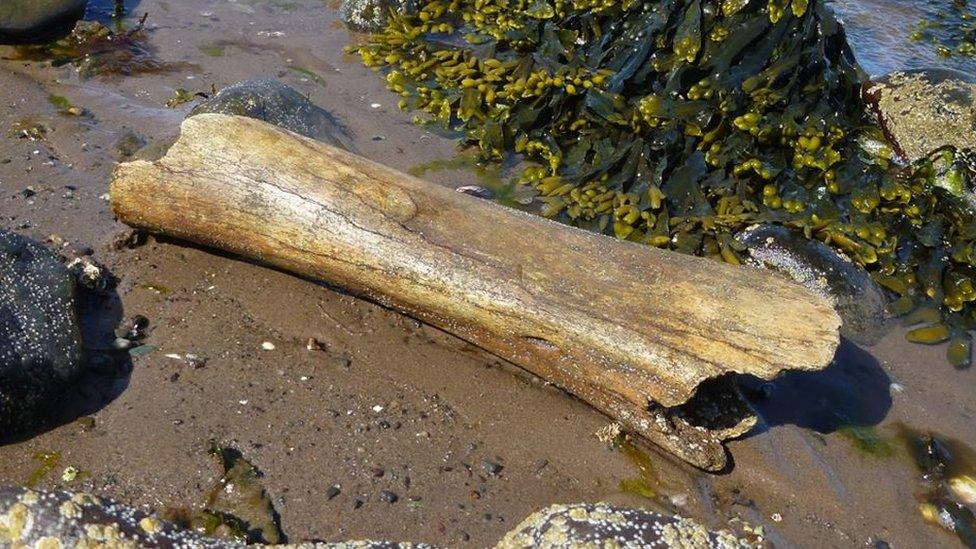Coastal erosion expected to reveal more skeletons
- Published
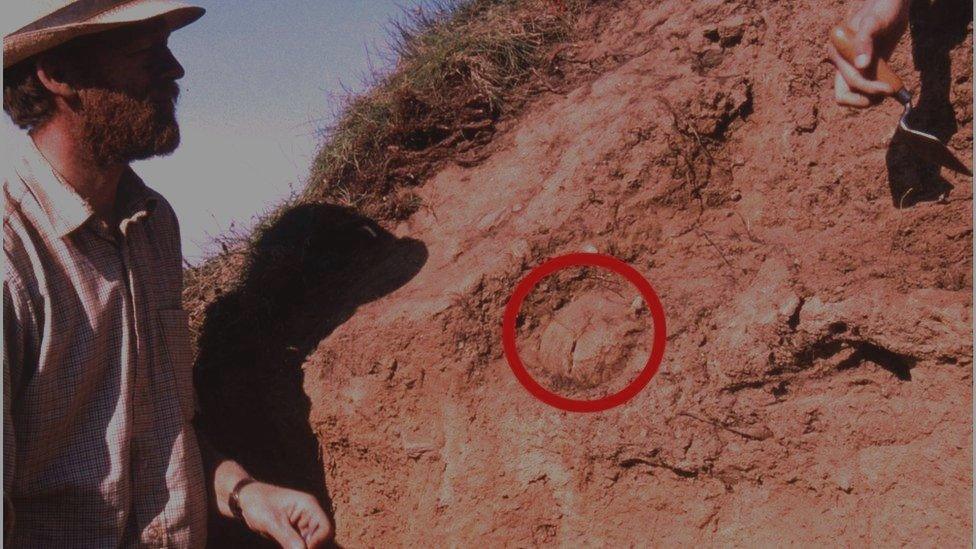
A skull of what is believed to have been a shipwrecked mariner is exposed at a dig at Croyde in Devon
Coastal erosion will produce more historical discoveries like the remains of shipwrecked sailors, say experts.
It follows the discovery of a skeleton, thought to be from a 17th or 18th Century mariner, in Cornwall.
A number of other sites around England have revealed human remains, buried near where they were washed up.
"Increased storminess and rising sea levels" means we are "more likely" to see further such burials exposed, said Devon county archaeologist Bill Horner.
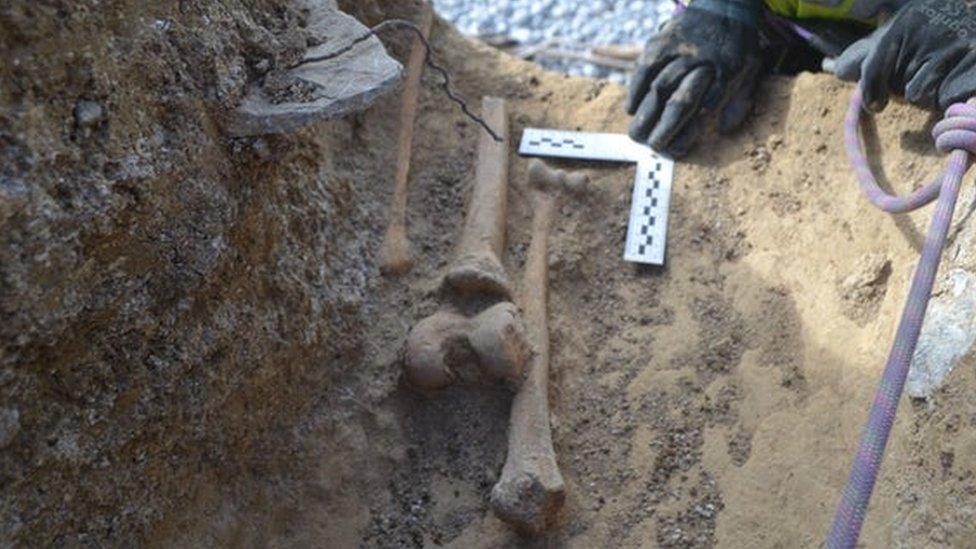
Skeletal remains of at least six people, thought to be shipwreck victims, were revealed by coastal erosion in Wales
The discovery of a skeleton in November at Trevone near Padstow in Cornwall is among a number of cases that have been discovered in the county, including the remains of a suspected shipwrecked mariner at Sennen near Land's End in 2013., external
Other similar finds have been found at Treyarnon Bay in 1994, external, at Pentireglaze Haven in Hayle Bay in 2007, at the northern side of popular Polzeath beach in 2011, external and at Looe Island., external
All remains are thought to be pre-19th Century and some sites have remains of clothing such as waistcoats and bone and pewter buttons.
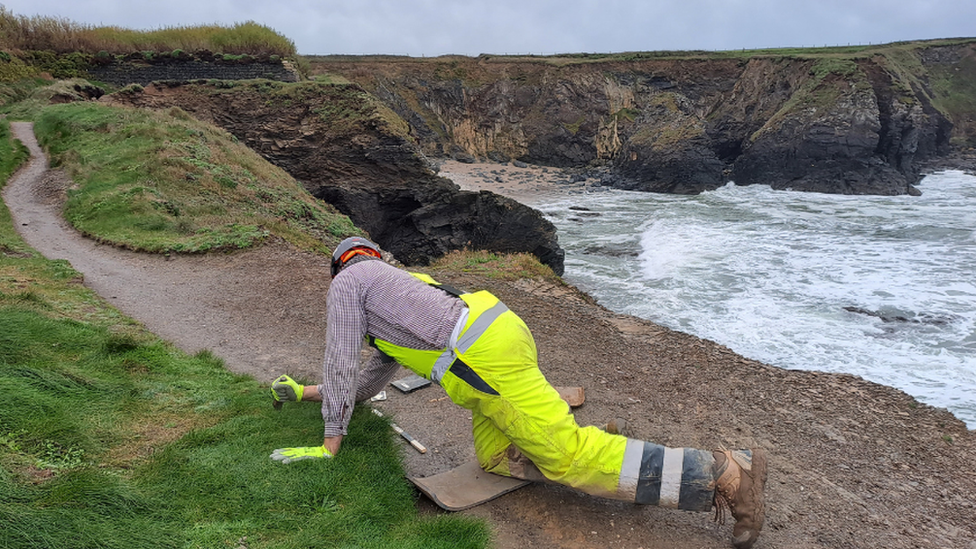
Remains at Trevone are thought to belong to a shipwrecked mariner
In neighbouring Devon remains of what are thought to have been shipwrecked sailors were found at Croyde, external in 1996, Dartmouth, external in 1985, East Prawle, external in 2003, and Bigbury on Sea in 2018.
Remains of at least six suspected shipwreck victims were revealed by coastal erosion in Wales in 2019.
Archaeologist Mr Horner told the BBC: "I'd say, given what we are seeing in terms of increased storminess and rising sea levels, that we are more likely than not to see further such burials exposed around our coastline."
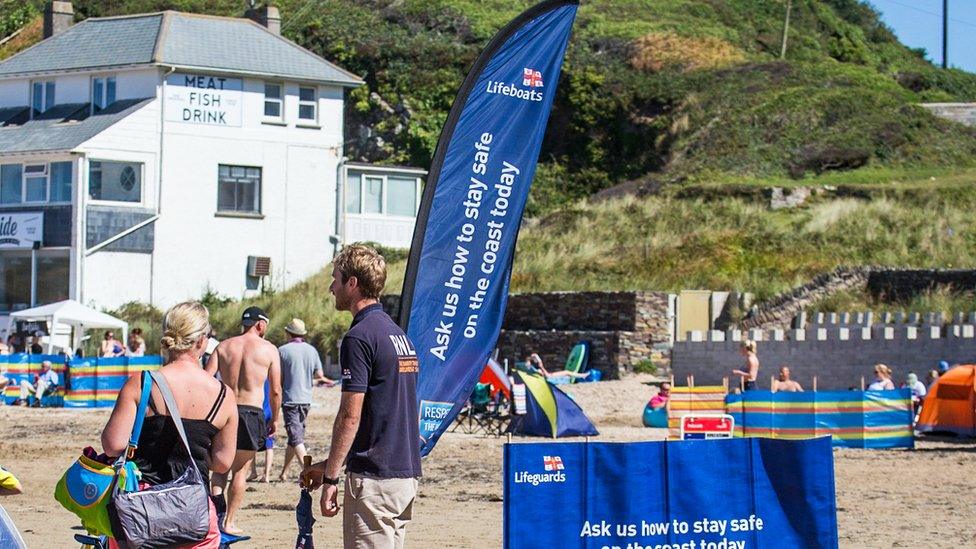
Human remains thought to be of a sailor were found at the northern side of popular Polzeath beach in 2011
According to Historic England there are more than 37,000 known wreck sites, external around the English coast, of which nearly 60 are protected., external
After 1808 the Grylls Act decreed that drowned remains washed ashore should be buried in consecrated ground.
Prior to the act, remains were buried unceremoniously on the nearest cliff to the spot the deceased came ashore.
Win Scutt, properties curator at charity English Heritage, told the BBC: "You just found a body on the beach who had been swept in by the tide.
"You didn't know whether they were Christians, so you couldn't put them into a Christian cemetery, so they're often buried on the beaches, or close to the beaches."

Remains of a ship which ran aground in north Devon in 1769 are among nearly 60 protected wreck sites around England
Anyone discovering remains must report them to the police, who would decide if a criminal investigation was required before they could be handed to archaeologists for analysis and reburial.
Mr Scutt said: "Skeletons have been turning up on our coast for many years, but because of coastal erosion, because of climate change, we're actually seeing an increase in these.
"So where you've got low-lying deposits where burials could easily take place in Devon, Dorset, Cornwall, and throughout the South West, where it's a convenient place to bury somebody at some stage, those are now being exposed."

Follow BBC News South West on Twitter, external, Facebook, external and Instagram, external. Send your story ideas to spotlight@bbc.co.uk, external.
- Published10 November 2022
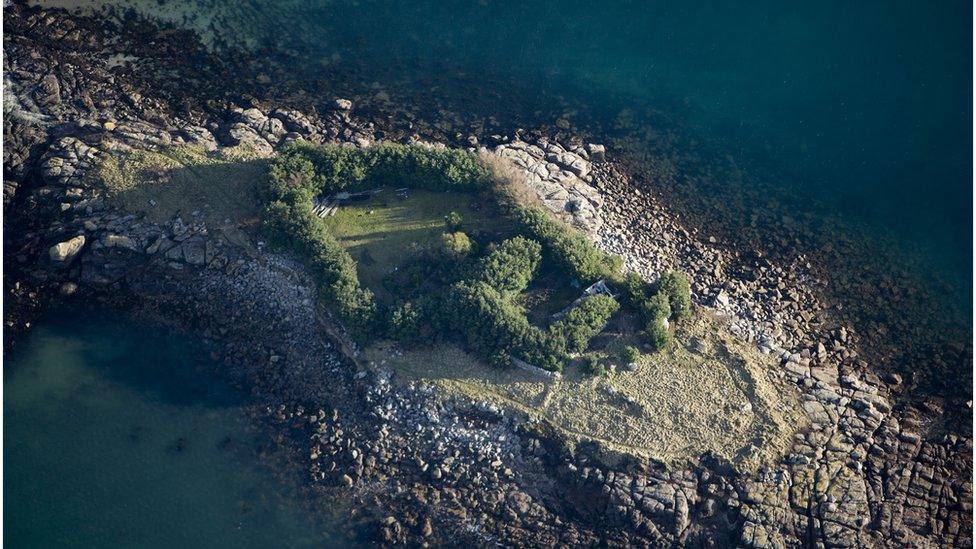
- Published23 September 2022
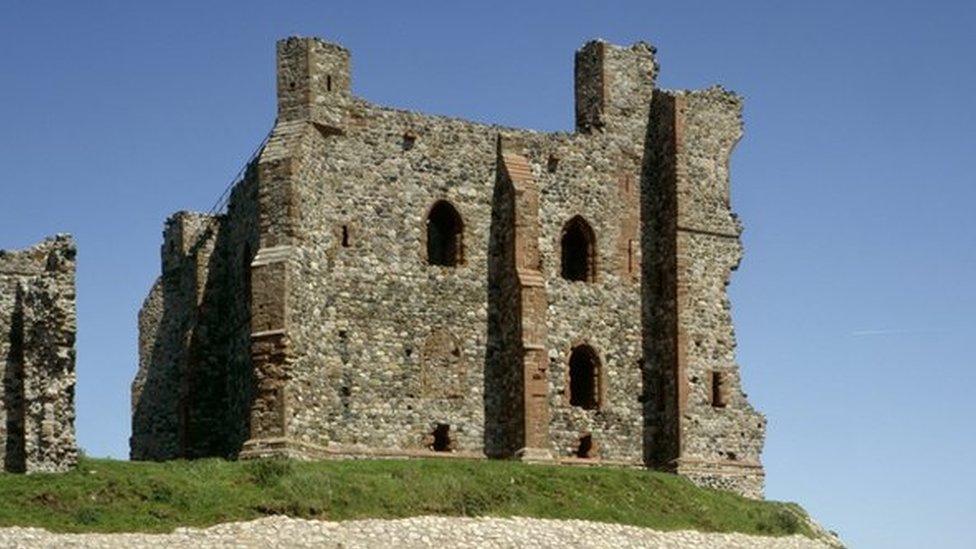
- Published10 June 2022
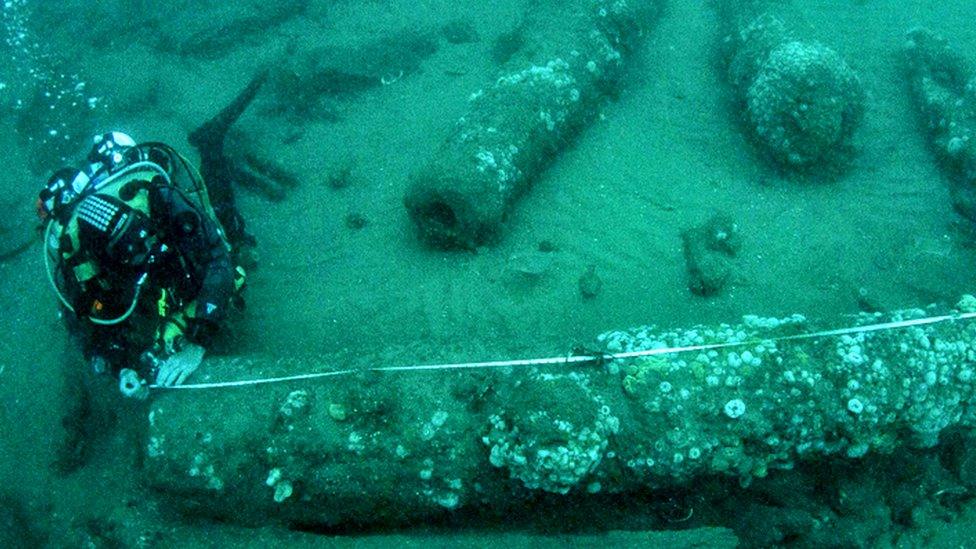
- Published17 November 2019

- Published26 February 2014
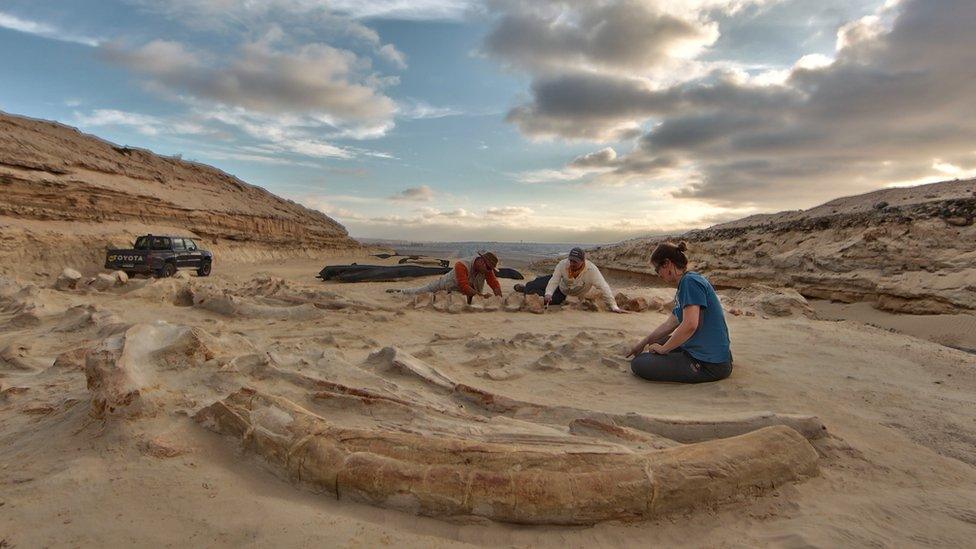
- Published12 June 2018
